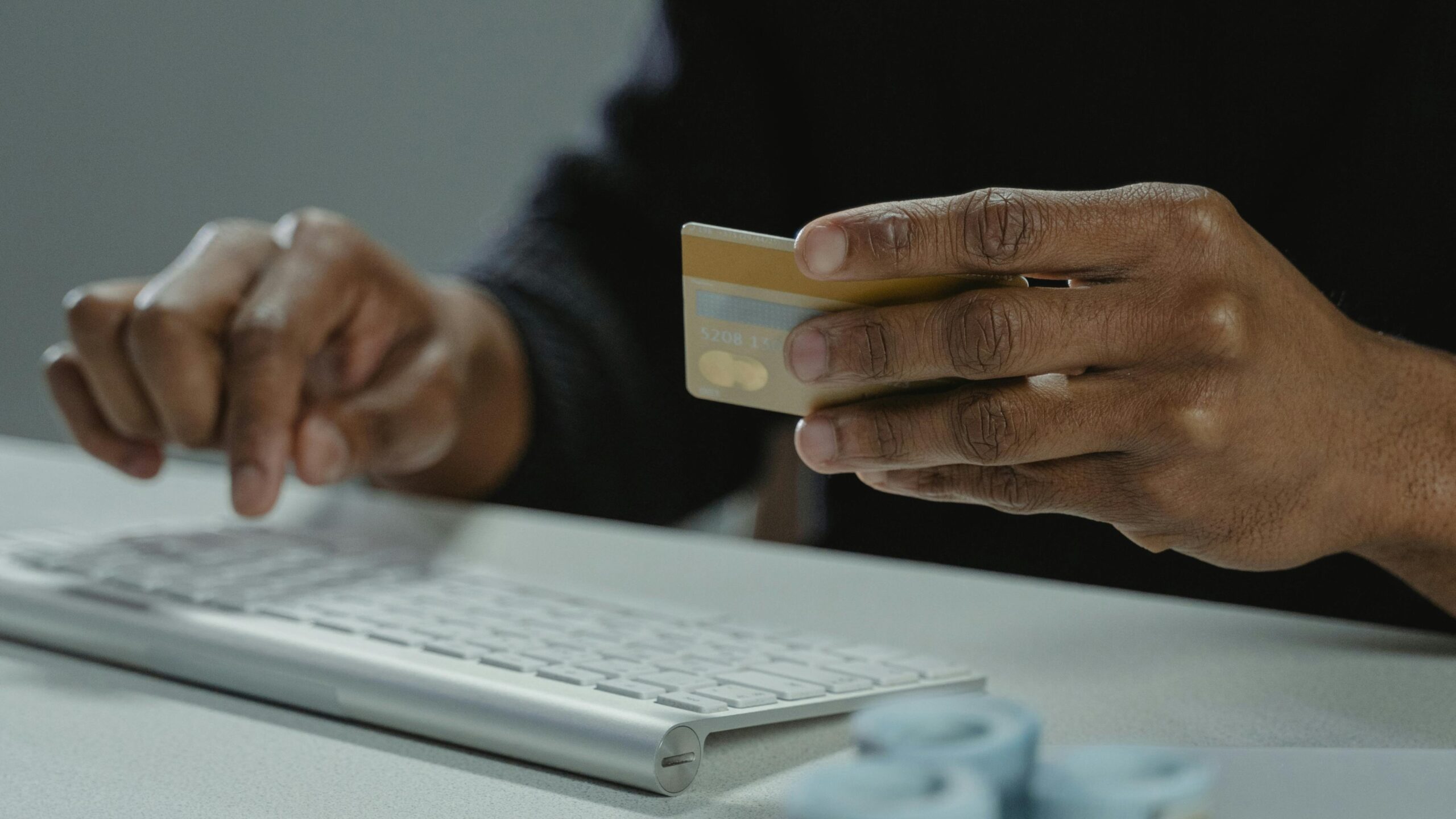Have you ever received an email or message that looked a bit suspicious—maybe something saying “Your account will be closed soon!” or “Click here to claim your prize!”? I have, and that’s what we call phishing. It’s one of the most common tricks hackers use to steal our personal information. They pretend to be someone we trust, like a bank, delivery company, or even a friend, and try to get us to click a fake link or share private details.
Over time, I’ve learned a few simple ways to spot and avoid phishing scams. Let me share what helps me stay safe.
1. I Look for the Warning Signs
Most phishing messages have one goal—to make me panic or act quickly. They might say my account is locked or that I’ve won something. When I see that kind of message, I pause. Then I check for clues:
- Does the email sound a bit off or too urgent?
- Are there spelling mistakes or weird grammar?
- Is the sender’s address slightly different from the real one?
- Do the links look strange when I hover over them?
If something doesn’t feel right, I trust my gut and don’t click anything.
2. I Always Double-Check Before Clicking
Instead of using links in emails or texts, I go straight to the official website myself. For example, if I get a message from my bank, I type the bank’s website address directly into my browser. I also check for the little padlock symbol in the address bar—it tells me the connection is secure.
If I’m unsure, I contact the company using their real customer service number or chat support. It’s better to spend a few extra minutes checking than to regret it later.
3. I Protect My Accounts
One of the best things I ever did was turn on two-step verification (also called multi-factor authentication) on my accounts. That way, even if someone gets my password, they still can’t log in without the extra code sent to my phone or app.
I also use a password manager so I don’t have to remember a bunch of complicated passwords. It helps me create strong, unique ones for each account—no more using the same password everywhere!
4. I Keep My Devices Updated
I used to ignore those little “update now” messages on my phone and laptop, but not anymore. Updates often fix security problems that hackers try to use. I also have antivirus software that warns me if something looks suspicious.
5. What I Do If I Get Tricked
It happens, even to careful people. If I ever click something by mistake or give away info, I act fast. I change my passwords right away, turn on two-step verification, and call my bank if it involves money. I also report the phishing message so others don’t get caught by it.
Staying Safe Online
Phishing works because it tries to rush us before we think. Now, I make it a habit to slow down, read carefully, and question anything that feels off. With a few simple habits—checking links, using strong passwords, and staying calm—I can enjoy the internet without constant worry.
If I could give one piece of advice, it’s this: pause before you click. A few seconds of caution can save you a lot of trouble later.
